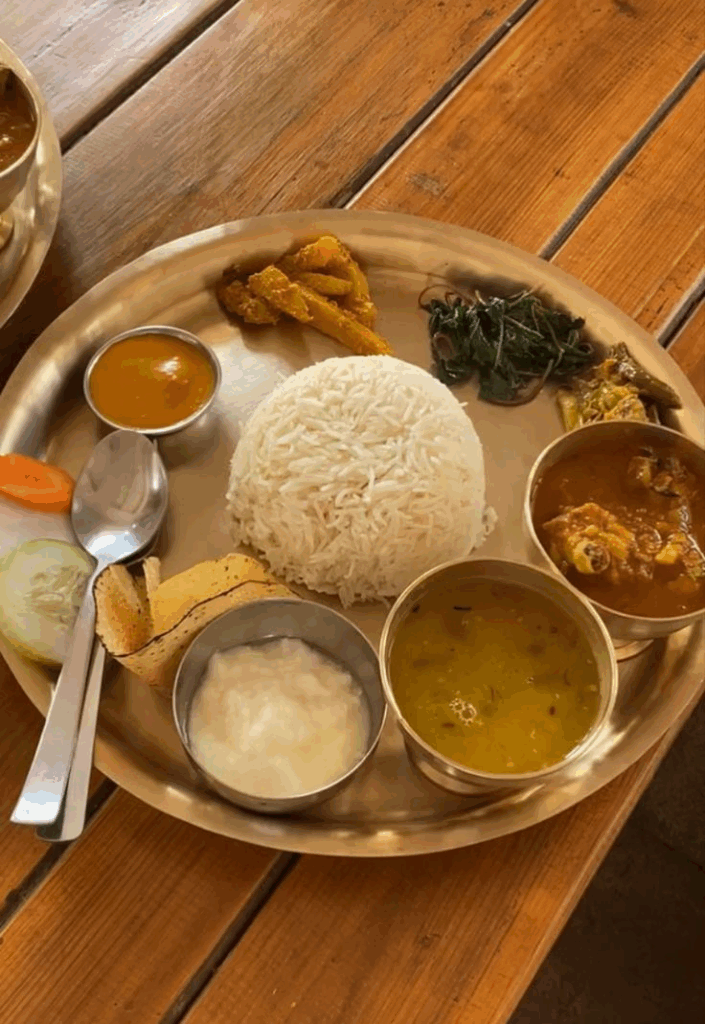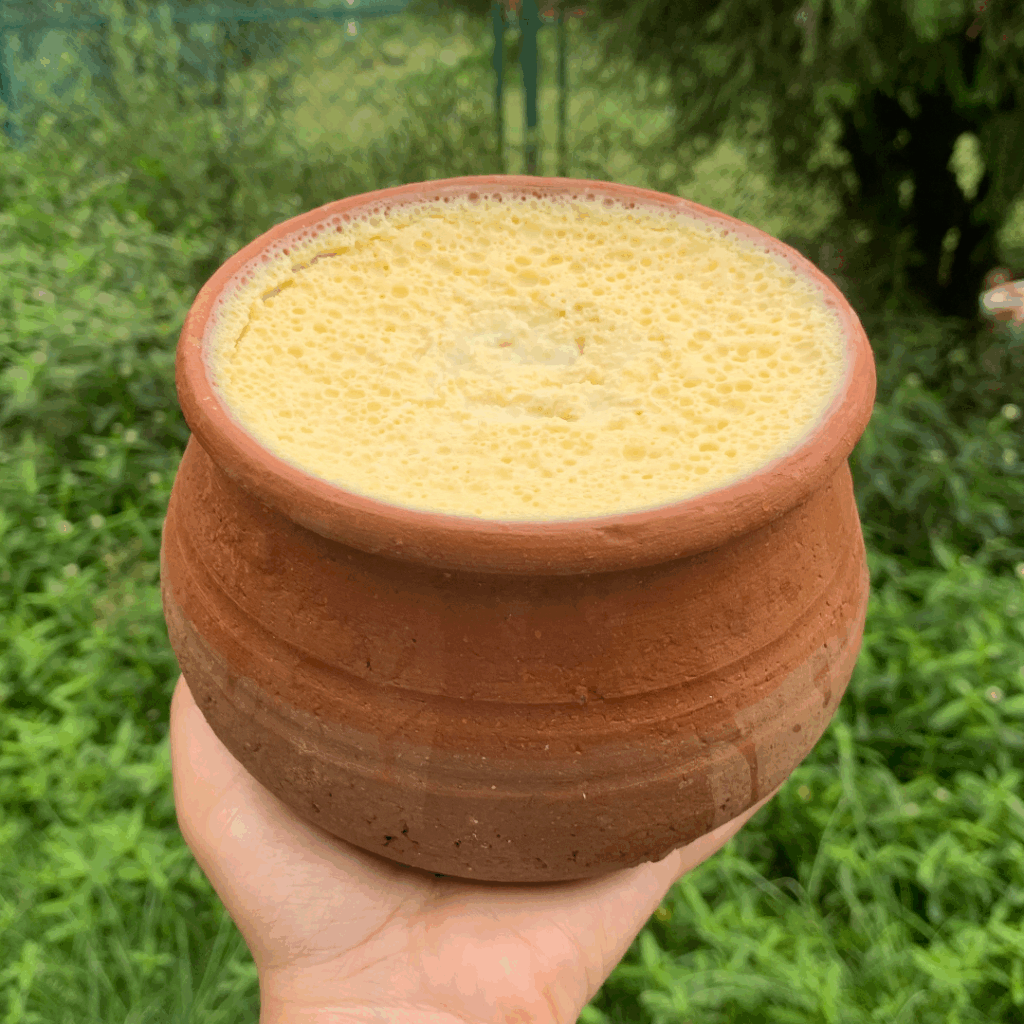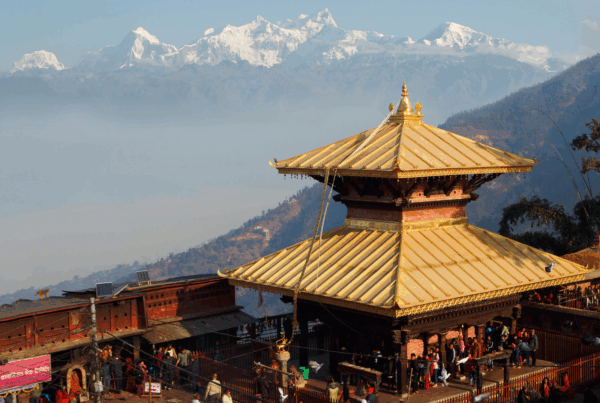Kathmandu’s food scene is more than momo stalls and touristy “Nepali” platters. If you want real tradition — thali and Thakali sets, dhido, Newari samaya baji, Juju Dhau and other regional specialties — here are 10 reliable places (and types of places) where locals and informed visitors go for authentic taste and cultural experience.
1. Bhojan Griha — The heritage Nepali dining experience
What to eat: Traditional Nepali multi-course set (local starters → dal-bhat variants → sweets), plus cultural dance with dinner.
Where: Dilli Bazar, Kathmandu (heritage building).
Why go: More than a meal — it’s served in a restored historic house with live cultural performances and carefully staged traditional recipes; great for first-time visitors who want a proper, curated Nepali dining experience.
2. Thakali Bhanchha Ghar — Classic Thakali thali
What to eat: Thakali thali — well-balanced dal, bhat, tarkari (veg), achar and pickles; sometimes served with local meat options.
Where: Multiple branches around Kathmandu (Thamel, New Baneshwor, etc.).
Why go: Thakali food is prized for its balanced, hearty flavor and consistent thali format — great for a full, inexpensive, local meal.

3. Newari eateries for Samaya Baji — the true Newar breakfast/lunch
What to eat: Samaya baji / Newari khaja set (bara, chhoyela/chowila, beaten rice, boiled/fermented items, pickles).
Where: Old Newar neighborhoods (e.g., Bhaktapur/Kathmandu Durbar Square area, local cafés in Patan/Kirtipur).
Why go: Samaya baji is ritual food with complex textures and flavors — best at places run by Newar cooks or community eateries.
4. Local Newari restaurants — fresh, spicy Newari flavors
What to eat: Chhoyela, sukuti, yomari (as dessert), and full Newari platters.
Where: Naya Bazaar, local lanes around Durbar Square and Patan.
Why go: These small restaurants and shops preserve family recipes and offer bold, authentic flavors not always found in tourist menus.
5. Dhido houses / mountain-food specialty spots — the traditional grain porridge
What to eat: Dhido (millet, buckwheat or maize-based porridge), served with gundruk, local achar, meat or fish curries.
Where: Some restaurants specialize in dhido in Kathmandu’s more traditional/local neighborhoods; also in places catering to Himalayan cuisine.
Why go: Dhido is an ancient staple — visiting a dhido-focused place is cultural and educational (and surprisingly comforting).

6. Juju Dhau shops / Bhaktapur desserts — the royal yogurt
What to eat: Juju Dhau — thick, creamy buffalo-milk yogurt set in clay pots (the classic Bhaktapur specialty).
Where: Bhaktapur markets and specialty shops; available in some Kathmandu outlets carrying Bhaktapur specialties.
Why go: Juju Dhau is famous across Nepal for its texture and technique — it’s a dessert you should taste in its traditional clay pot form.

7. Family-run Thakali / Gurung / Magar restaurants — home-style mountain cuisine
What to eat: Thakali-style curries, local pickles, sometimes jimbu-flavored dishes (herbal Himalayan seasoning).
Where: Neighborhood joints in New Baneshwor, Kalimati, and near major markets.
Why go: These places often reflect regional house-cooking and are great for trying genuine Himalayan plateau flavors in Kathmandu.
8. Cultural-dinner venues — food + performance
What to eat: Set menus featuring representative Nepali and ethnic dishes; veg & non-veg options.
Where: Central areas — Thamel, Dilli Bazar — venues that run scheduled cultural dinner nights.
Why go: If you want a guided, atmospheric introduction to Nepal’s culinary diversity and music/dance traditions, these evenings are ideal.
9. Neighborhood Nepali thali joints — everyday authentic dal-bhat
What to eat: Simple dal-bhat-tarkari-achar combos — often refillable rice/dal at modest prices.
Where: Throughout Kathmandu — market lanes, near bus stops and local bazaars.
Why go: For truly local, everyday Nepali food, these humble joints are unbeatable. The flavors are home-style and unpretentious.
10. Specialty spots preserving endangered recipes — gundruk/guro, fermented items, local pickles
What to eat: Gundruk (fermented leafy greens) preparations, boiled/coarsely-cooked side dishes, and regional chutneys/achar.
Where: Older parts of the city and family-run spots that emphasize tradition.
Why go: These dishes tell stories about food preservation and seasonal cooking in Nepali culture — they’re rare but worth seeking out.
Practical tips & quick travel notes
- Reservations: For heritage places and cultural-night dinners (Bhojan Griha style), book ahead — shows and set dinners fill up.
- Ask locals: The best Newari or dhido spots are often tiny, family-run places; ask neighborhood residents or hotel staff for trusted names.
- Try Juju Dhau in Bhaktapur: If you visit Bhaktapur, stop for Juju Dhau in the old city — it’s the classic way to taste it.
- Dietary notes: Many traditional dishes are meat-based, but most places will offer veg versions (ask when ordering).
- Price & portions: Thali and dhido meals are generally filling and modestly priced; heritage dining experiences are pricier but curated.
Summary
| SN | Restaurant Name | Location |
|---|---|---|
| 1 | Bhojan Griha | Dilli Bazar Height Marg, Kathmandu 44600 |
| 2 | Thakali Bhanchha Ghar | Chaksibari Marg, Thamel, Kathmandu 44600 |
| 3 | Sasa Twa: | Kritipur, Kathmandu |
| 4 | Newa: Lahana | Kritipur, Kathmandu |
| 5 | Thakali Ghar Aangan | Bansbari, Kathmandu 44600 |
| 6 | T3 Thakali Bhanchha Ghar & Sekuwa Café | TIA International Airport Gate, Ring Rd, Kathmandu |
| 7 | Lohsha Ghasha Authentic Newari Restaurant | Jyatha Marg, Kathmandu 44600 |
| 8 | Khasti Newari Kitchen | Boudha, Phulbari, Kalimpong Complex, Kathmandu |
| 9 | Basundhara Thakali Bhanchha Ghar | Basundhara, Kathmandu |
| 10 | Dhido House | Jagritinagar Marga, Kathmandu (local dhido-specialty) |


